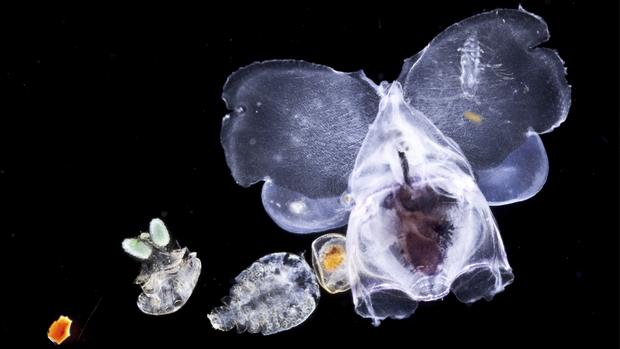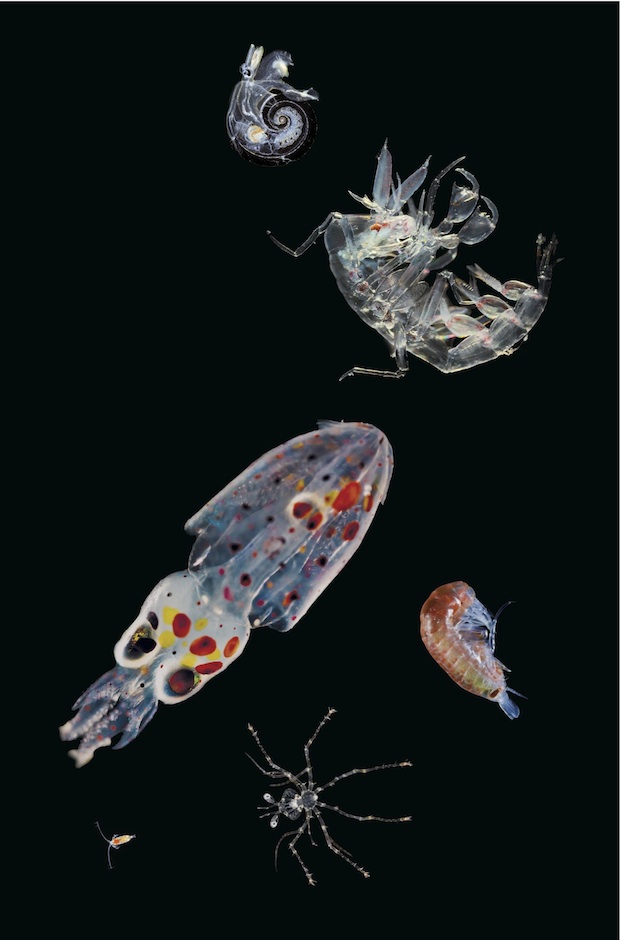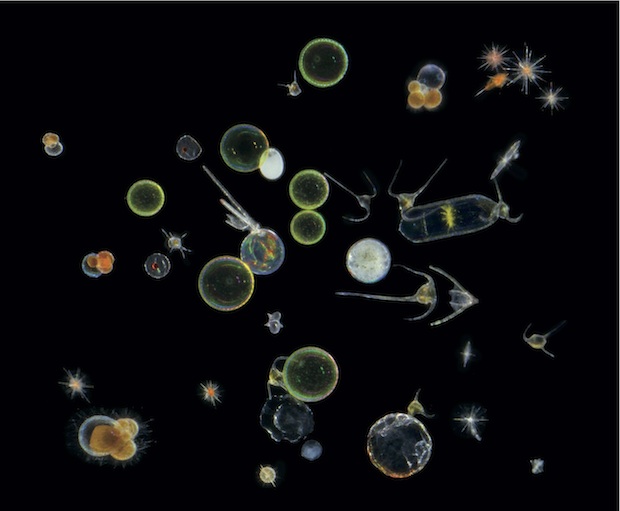Global ocean census uncovers trove of unknown life
You might call them the Rodney Dangerfields of the natural world.
Ocean plankton - the viruses, microbes and microscopic eukaryotes that drift with the currents - are the invisible foot soldiers of the oceans, often ignored by scientists and until now largely understudied. That has now changed - big time.
The Tara oceans expedition, which collected plankton from 2009 to 2013 in all the world's oceans, announced its results Thursday. Crisscrossing the globe on trip that covered 140,000 kilometers, the team collected 35,000 samples and detailed their findings in several papers in the journal Science. The international team collected everything from single-cell algae to fish larvae.
Many of the plankton - featured in a series of beautiful images - look like something from a sci-fi film. Blown up, they look downright scary with their translucent skin, sharp claws and menacing jaws.
"This is the largest DNA sequencing effort ever done for ocean science: analyses revealed around 40 million genes, the vast majority of which are new to science, thus hinting towards a much broader biodiversity of plankton than previously known," said Patrick Wincker, one of the researcher leaders on the expedition.
Not only did they get a sense of diversity of plankton but scientists also now better understand how they interact and spread throughout the oceans.
The findings are considered important because of the unusual role that plankton play in regulating the climate. They produce half of the oxygen generated globally each year by photosynthesis and absorb heat-trapping greenhouse gases like carbon dioxide. They also are considered the foundation of the marine food chain, providing sustenance to fish and other marine animals.
"When we mapped how planktonic organisms - from viruses to small animal larvae - interact with each other, we discovered that most of those interactions are parasitic, recycling nutrients back down the food chain" said Jeroen Raes, another member of the team from Vrije Universiteit Brussel. "This map is a first step towards a better understanding of the dynamics and structure of the global marine ecosystem and the impacts such things as climate are having on these tiny creatures."
The University Arizona's Matthew Sullivan, who was also on the expedition, said the trip also gave scientists "a global picture of marine virus communities."
"Viruses are produced in local seed banks and then ride the ocean currents, so you end up with different cocktails of viruses in different places, even though the overall diversity of viruses in the oceans appears quite limited," he said.
Jennifer Brum, a researcher at the University of Arizona and lead author on one of the Science papers, said expedition identified over 5,000 viral populations throughout the global upper ocean.
"Surprisingly despite several decades of prior marine viral research, only 39 of these 5,000 viral populations were similar to previously known viruses," she told reporters. "This means that the most abundant and widespread viral populations in the oceans have yet to be characterized, but now we have an idea of what viruses are important targets for future investigations."
The researchers also were able to see what impact environmental factors like temperature, pH, and nutrients were having on these tiny creatures. This should help scientists better understand the toll that ocean acidification, climate change and pollution are having on plankton.
"We found that, at depths still reached by sunlight, temperature was the main factor that influences the composition of prokaryotes (bacteria and archaea) communities," Peer Bork, another member of the team who is from EMBL Heidelberg, said. "Different sets of organisms come together depending on the water temperature."
The scientists also showed that the Agulhas "rings" - a natural barrier that draws the line between the Indian Ocean and the South Atlantic - separate plankton communities.
"It's like plankton goes through a cold wash cycle at the tip of South Africa," Daniele Iudicone from the Stazione Zoologica Anton Dohrn, said. "The current forms huge swirls that drastically mix and cool the plankton riding it, thus limiting the number of species that manage to cross."




